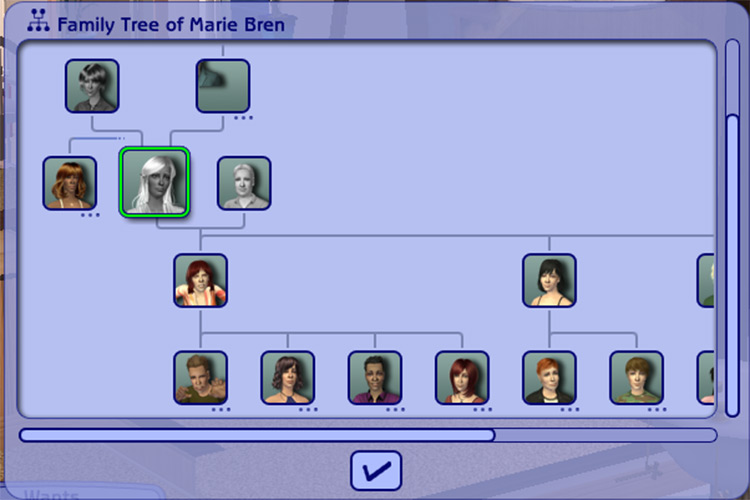

You don't need to become an expert in everything, but make sure you understand what you're doing in any area before you move on to something more advanced. However, they should provide a solid core of knowledge to let you explore the area further if you wish. These tutorials only cover a very small subset of the available information for any of these fields. Some of the core tutorials for each of these areas are listed below.

Once you've mapped out where you want to be and how you want to get there, you will need some resources. Skipping straight to an end point will probably just make you and everyone trying to help you get frustrated, so take your time, be patient, and enjoy the experience. This is not the only way to get to an end point, but it's probably the most logical. That way you'll be able to learn all the skills you need, in an order that makes sense. You will need to learn a bit about all the areas (boxes) in between. Find the place you want to be, then follow the path from the beginning to that point. If you've never modded before, you're in the box at the top with the bold writing. In the diagram below, you'll find a lot of the more popular tasks and goals that new modders have. So pick your area of expertise and start learning. In order to get any good, you'll need to read a lot of tutorials.

Now you know the lingo, it's time to start modding. It is advised that everybody read it just so they have an understanding of what is being talked about in the tutorials. The modding glossary is a page that describes all the shorthand words and key phrases used through the creation of Sims 2 content. The sheer volume of some tutorials may seem daunting, but then again, there's no quick-and-easy way to make ANY mods.įirstly, though, reading tutorials will be much easier if you're able to understand the weird slang modders speak. Your first and most important skill here is reading. So please use the rating as a general guideline, and not a strict step-by-step program. The difficulty of making a mod, however, is very subjective. This rating is set by experienced modders and tutorial writers to reflect what we think is the most common or most logical path. So you know all about joints, bhav's and basic animation? Looking for a new challenge? These require high levels of concentration and very good prior knowledge of the programs used. You're no longer making 'the basics', ya know. You'll need to have gathered some skills here, or be prepared for long and complicated procedures.īasic meshing skills and moderate understanding of SimPE are needed to complete these tutorials. They're easy to follow but don't necessarily explain every single step of the way in detail. They will assume that you at least know how your paint program works.

These tutorials are a bit more specialised. Level 1 tutorials assume very little previous knowledge and explain things every step of the way. That's why our tutorial section has the following difficulty rating:
#Mod the sims 2 sims mods
Please note that some mods are easier to make than others. The great thing about the Sims 2 is that there is a LOT to mess around with. The whole point of modding a game is to change or add content to it. If you're still unsure about what a RAR-file is, or why certain clothes don't show up, try reading Downloading for Dummies first. If you're looking for help on the actual game, go to Game Help.
#Mod the sims 2 sims how to
We do, however, assume you already know how to make your game and your new custom content work. MTS2 offers a multitude of tutorials and FAQ's on all forms of modding. Welcome to the wonderful world of Modding The Sims 2! You've probably got an idea of some of the sort of things you want to make already, but with the vast number of tutorials and information threads and discussions going on here it can be a bit daunting to try and find your way there.


 0 kommentar(er)
0 kommentar(er)
